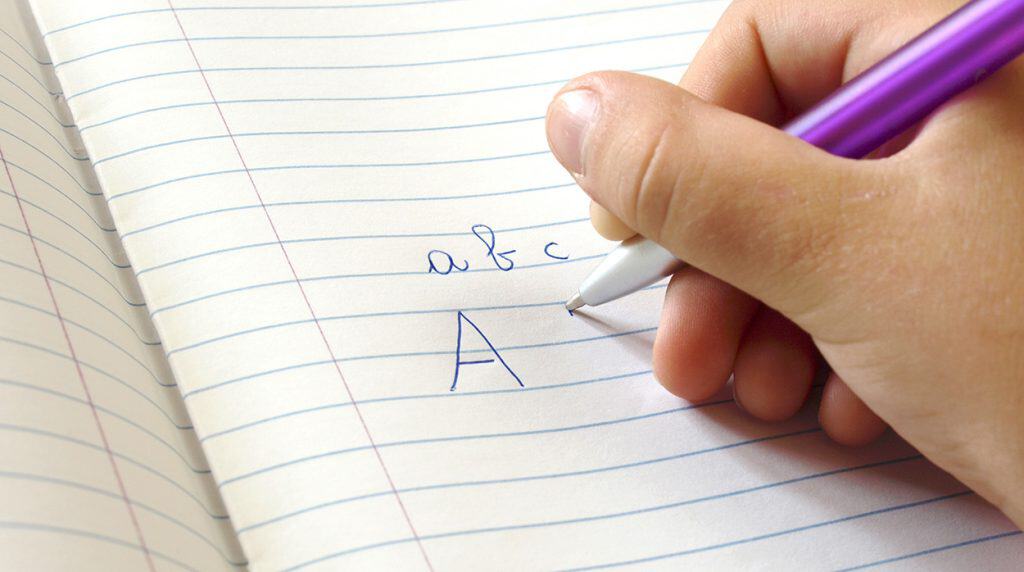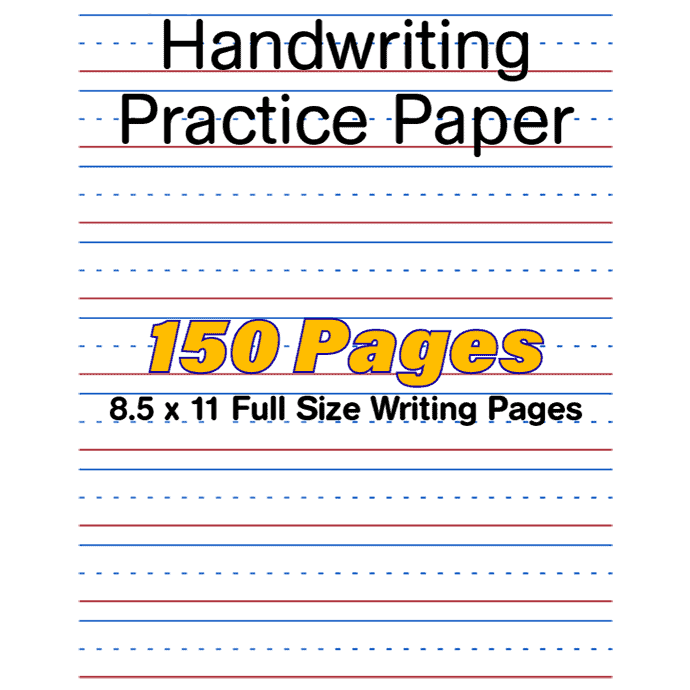
Handwriting is more than just putting pen to paper; it’s a skill that requires proper technique and practice. At the Handwriting Corner, we’re dedicated to helping you improve your penmanship. Today, we’ll explore the crucial elements of hand position and pencil placement for optimal handwriting.
The Importance of Proper Hand Position
A comfortable and efficient hand position is the foundation of good handwriting. Here’s how to achieve it:
- Relaxed Grip: Hold your pen or pencil with a relaxed grip. Avoid squeezing too tightly, as this can lead to hand fatigue and cramping.
- Tripod Grip: Use the dynamic tripod grip, where the thumb, index, and middle fingers form a triangle on the pencil. This grip allows for the best balance between stability and mobility.
- Finger Placement: Your index finger and thumb should do the holding, while the pencil rests on your middle finger. The ring and pinky fingers should curl loosely beneath your hand.
- Wrist Position: Keep your wrist slightly bent and relaxed. This position promotes fluid movement and reduces strain.
Perfecting Pencil Placement
The way you position your pencil can significantly impact your writing comfort and legibility. Consider these tips:
- Distance from Tip: Hold the pencil about 1 to 1.5 inches (2.5 to 4 cm) from the tip. This distance may vary slightly depending on personal preference and the writing tool used.
- Angle: Maintain a slight angle with the pencil, rather than holding it vertically. This allows for smoother writing and better visibility of what you’re writing.
- Pressure: Apply light pressure when writing. Pressing too hard can lead to fatigue and make your handwriting appear forced.
Paper Position for Optimal Writing
The position of your paper is just as important as your hand and pencil placement:
- Angle: If you’re right-handed, tilt the bottom of the paper slightly to the right. For left-handed writers, tilt it slightly to the left.
- Position: Place the paper so that your writing hand is below the writing line. This allows you to see what you’ve just written and where to place the next letter or word.
- Movement: Use your non-writing hand to move the paper up as you write, keeping your writing hand in a comfortable position.
Practice Makes Perfect
Improving your handwriting takes time and consistent practice. Here are some exercises to help you perfect your hand position and pencil placement:
- Finger Exercises: Before writing, do some finger stretches to loosen up your hand muscles.
- Tracing: Practice tracing letters and words to get a feel for proper hand movement and pencil control.
- Slow Writing: Take your time when writing, focusing on maintaining proper form rather than speed.
- Varied Surfaces: Practice writing on different surfaces, such as a whiteboard or chalkboard, to improve your overall control and flexibility.
Remember, everyone’s hand size and writing style are unique. While these guidelines provide a solid foundation, don’t be afraid to make small adjustments that feel comfortable to you. With patience and practice, you’ll soon see improvement in your handwriting.
At Handwriting Corner, we believe that beautiful penmanship is within everyone’s reach. Keep practicing, and don’t hesitate to explore our other resources for more tips on perfecting your handwriting skills.
Our Handwriting Practice Paper is currently available on Amazon.

Elevate your penmanship with our 150-page Handwriting Practice Paper workbook. Designed for all levels, it provides ample space and guidance to perfect your hand position and pencil placement. With carefully crafted lines and spacing, this book helps students, professionals, and enthusiasts develop neat, legible writing. Start your journey to beautiful handwriting today!